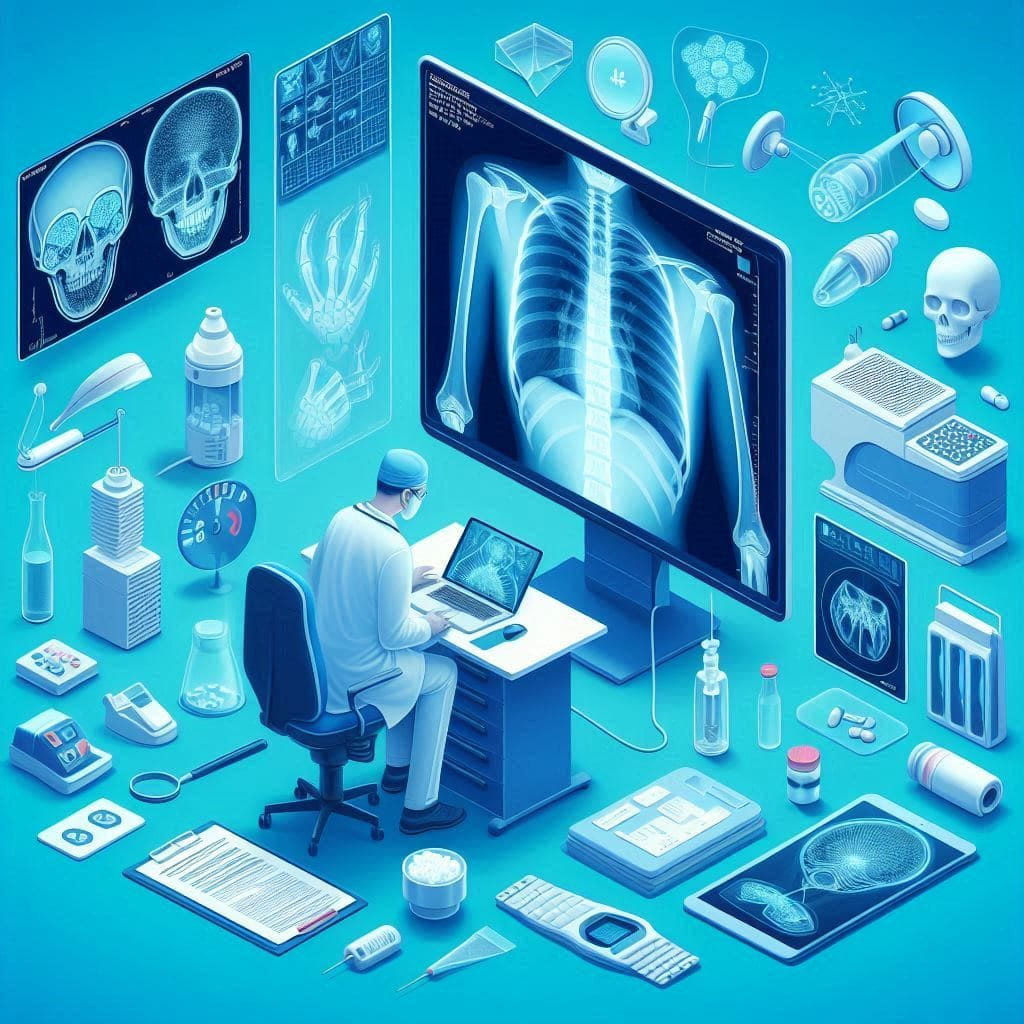What Are X-rays?

In the world of modern medicine and diagnostics, X-rays have become one of the essential tools relied upon by doctors and healthcare professionals. But what are X-rays? How do they work? And what is their significance in diagnosing diseases and detecting health issues? In this article, we provide a comprehensive overview of X-rays, their mechanism of action, practical applications, and related safety considerations.
What are the Dangers of X-rays?

X-rays, also known as X-rays, are a type of high-energy electromagnetic radiation used widely in medical imaging and industrial applications. Discovered in the late 19th century, X-rays have become a vital tool in modern medicine, providing precise information about the condition of tissues, bones, and internal organs.
Can X-rays Detect Tumors?

In modern medicine, X-rays are a fundamental diagnostic tool used to identify a variety of health conditions, including tumors. But the main question remains: Are X-rays effective in detecting tumors? In this article, we will explore how X-rays work in tumor detection, the types of tumors that can be detected with this technique, the limitations and challenges associated with it, and the importance of using X-rays in diagnosis.
Does the Body Get Rid of X-rays?

X-rays are a vital tool in the medical diagnostic field, allowing doctors to see detailed internal structures of the body without the need for surgery. X-rays are widely used to diagnose many medical conditions, including fractures, tumors, and respiratory diseases.
How Long Does a Positron Emission Tomography (PET) Scan Take?

In the modern medical diagnostic world, imaging techniques play a crucial role in accurately identifying and monitoring medical conditions. Among these techniques, Positron Emission Tomography (PET) scans stand out as a powerful tool for detecting a wide range of diseases, including cancer, heart disease, and neurological disorders. In this article, we will review the duration of a PET scan, its procedural stages, and the factors that affect the duration of the scan, within the services offered by the Dokki Scan at their website dokki-scan.com.
What is the nature of positrons?

In the field of medical imaging, positrons are considered advanced tools that enhance our ability to diagnose diseases with precision and efficiency. Positrons are utilized in advanced imaging techniques such as Positron Emission Tomography (PET), which provides accurate insights into biological activity in the body. In this article, we will delve into the nature of positrons, how they interact with the body, and their importance in disease diagnosis, with a focus on how Dokki Scan can benefit from this advanced technique to provide exceptional medical care.
What is Positron Emission Tomography (PET)?

In the modern healthcare landscape, advanced diagnostic techniques have become integral to providing effective medical care. Among these techniques, Positron Emission Tomography (PET scan) is one of the most powerful tools for detecting and assessing diseases. In this article, we will detail the concept of Positron Emission Tomography, how it contributes to disease diagnosis, and the importance of this technology in detecting tumors, along with a comparison to other diagnostic methods.
What is Positron Emission Tomography (PET Scan) and How Does it Work?

Positron Emission Tomography (PET Scan) is an advanced type of medical imaging examination that helps doctors diagnose a wide range of medical conditions. This examination uses computed tomography (CT) in conjunction with radiotracers to provide an accurate and comprehensive picture of biological activity within the body.
Does PET Scan Detect Small Tumors?

In the era of modern medicine, advanced imaging technologies are fundamental in enhancing the ability to diagnose diseases early and accurately, especially cancers. One of the most prominent of these technologies is the Positron Emission Tomography (PET) Scan, which is considered one of the leading tools for detecting small tumors.
X-rays: safety, risks, and how to deal?

X-rays are one of the prominent diagnostic tools in modern medicine, playing a crucial role in improving doctors’ understanding of patients’ conditions by providing clear and accurate images of bones and internal tissues.
